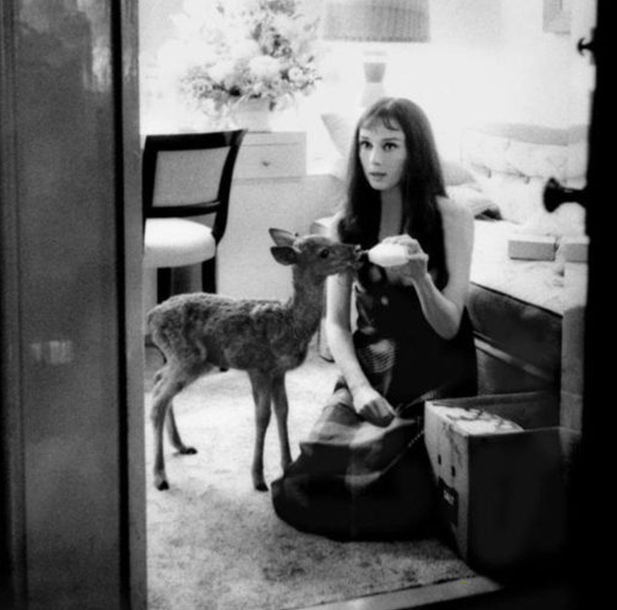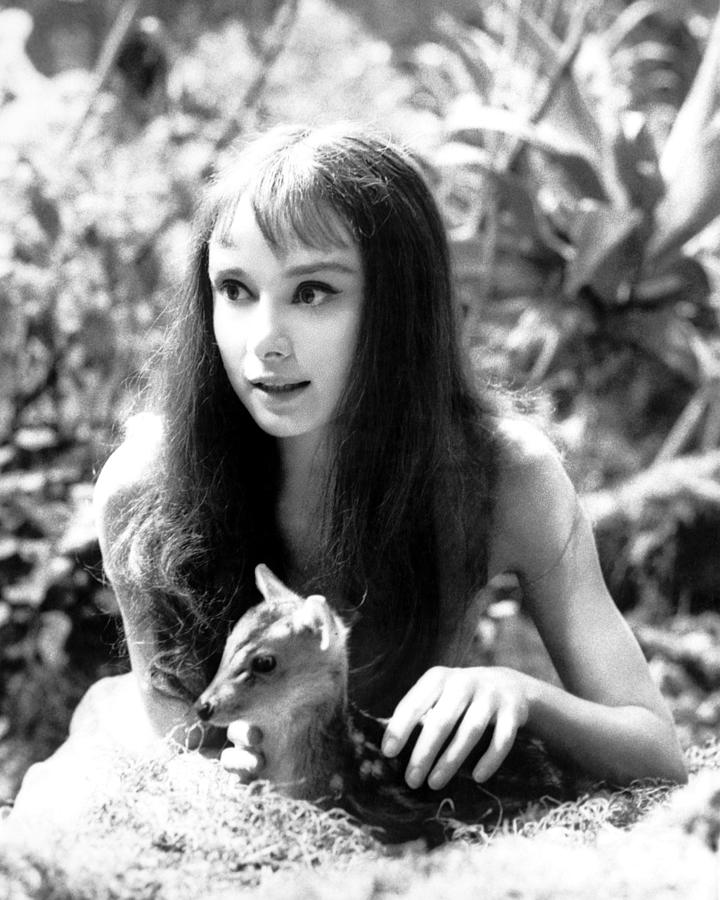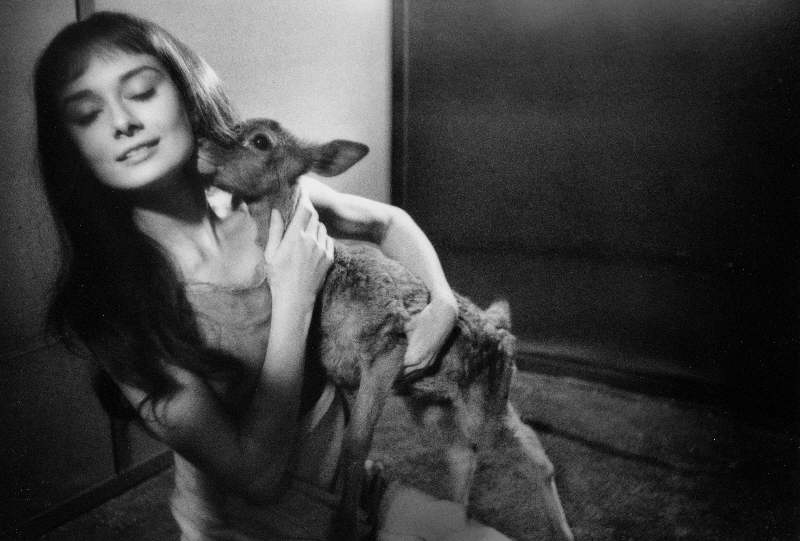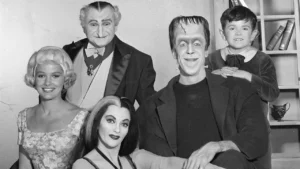The world knows Audrey Hepburn as the icon of elegance, a doe-eyed star with unbreakable grace. But behind the Academy Awards and the little black dress lies one of the most moving stories of her life—a story that explains why she was the way she was. It’s the story of Audrey Hepburn’s fawn, a baby deer named Ip, which became a viral sensation long before the internet, revealing a quiet, heartbreaking journey of healing from childhood trauma.
In 1959, Audrey was cast in the film Green Mansions. Her character had a fawn as a companion. The animal trainer suggested she take the baby deer home to bond with it. Most actors would have spent a few hours. Audrey, however, took the fawn into her home, and her heart. She named him Ip, and he became her shadow.
An Unbreakable, Unusual Bond
A deep, immediate bond formed between the fragile star and the tiny fawn. Ip slept beside her bed and would gently nuzzle her cheek to wake her up. He followed her with total devotion. In one of the most famous anecdotes, Ip trotted obediently behind Audrey as she shopped at a Beverly Hills grocery store, a surreal and beautiful sight for the other customers. He wasn’t a prop; he was her family. He was, as one friend said, “a creature who thought Audrey was his mother.”
But this incredible bond wasn’t a celebrity whim. It was a profound act of healing. It was trauma recognizing itself.

The Trauma That Shaped Her Heart
Audrey Hepburn’s delicate, slender frame wasn’t just a fashion choice; it was the result of severe starvation during World War II. As a child in the Nazi-occupied Netherlands, her life was a nightmare. She watched her uncle get executed. She saw Jewish children forced onto trains. Her family, once wealthy, was plunged into poverty, and Audrey survived by eating tulip bulbs and trying to grind grass into flour. She was a child who knew profound hunger, fear, and loss.
When this tiny, helpless, dependent fawn came into her life, something deep inside her clicked. She saw herself. Ip was a small, gentle creature, too fragile for the world, needing protection.
Read More: Man Loses 360 Pounds Naturally, Internet Rallies to Support His Next Step

A Promise of Safety
Caring for Ip wasn’t just an acting job; it was recovery. Audrey would hold the fawn in her lap for hours, her hair unbrushed, the movie-star mask gone. Crew members described how she would sit quietly with Ip, stroking his head, whispering to him, “You’re safe here. No one will hurt you.” It was the promise she wished someone could have made to her during those terrifying war years. In saving Ip, she was healing a broken part of herself.
This deep, quiet compassion defined her. We see it in stories of other animals, but Audrey’s connection to Ip was unique. She was giving this small creature the safety and love she had been so brutally denied as a child.

A Legacy of True Compassion
The film, Green Mansions, was not a hit. But the photos and stories of Audrey and Ip became legendary. They captured the world’s imagination because they were not a pose; they were the truth. They revealed the real Audrey Hepburn—not an icon of fashion, but a woman of deep empathy, shaped by suffering.
This same compassion would define the rest of her life. It’s the reason she dedicated her final years to UNICEF, traveling the world to be a voice for starving and war-torn children. When asked why, she said, “I know what it’s like to be hungry. To be afraid. To be forgotten.”
Her life wasn’t just about glamour, like a famous royal gown. It was about profound, quiet substance. Audrey Hepburn’s fawn wasn’t just a pet; he was a key that unlocked her heart, allowing her to heal herself by caring for another, and eventually, sharing that incredible compassion with the world.
Full Story: The Hidden Meaning Behind Princess Diana’s Cannes Gown: A Heartfelt Farewell to Grace Kelly



